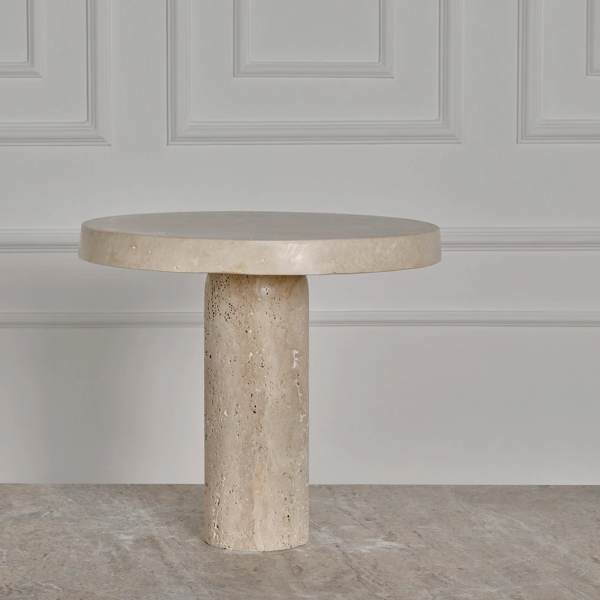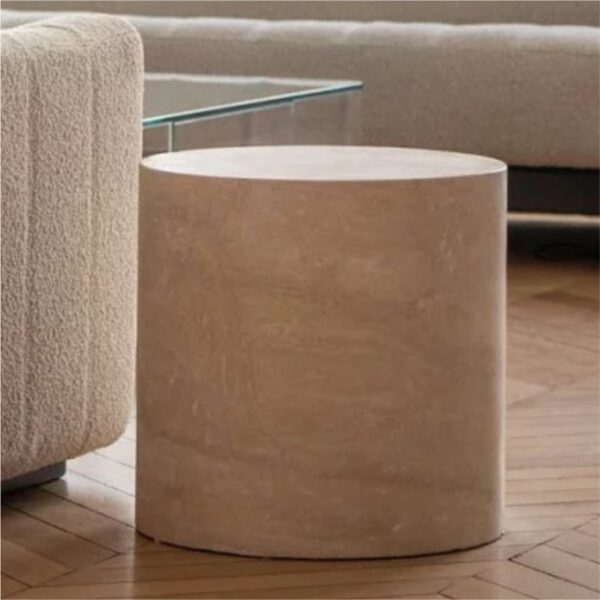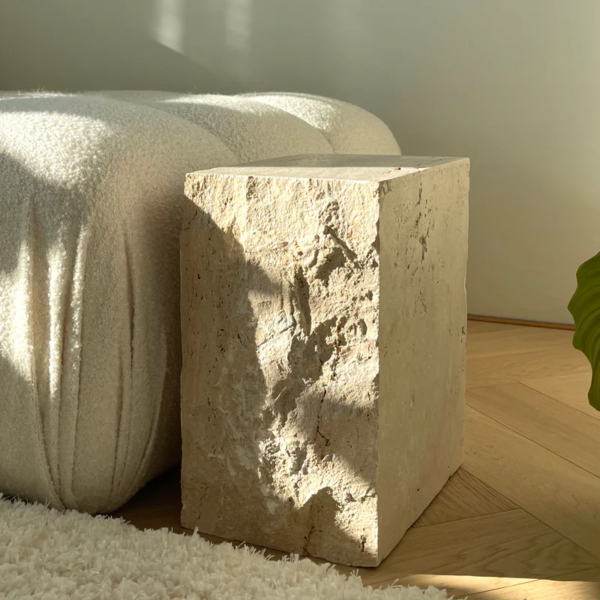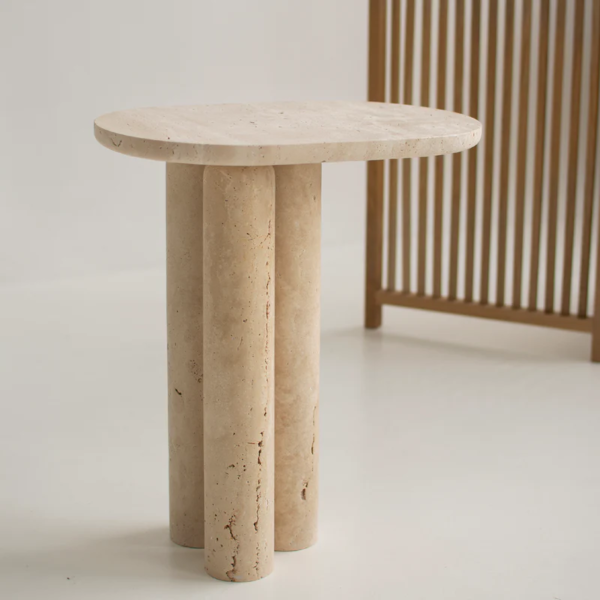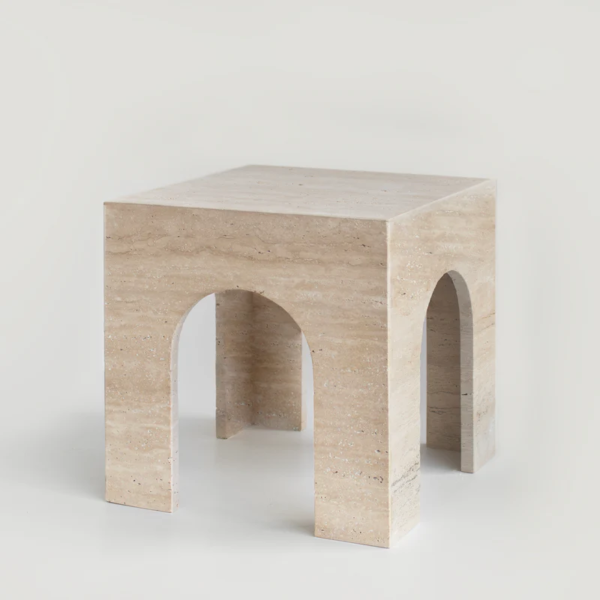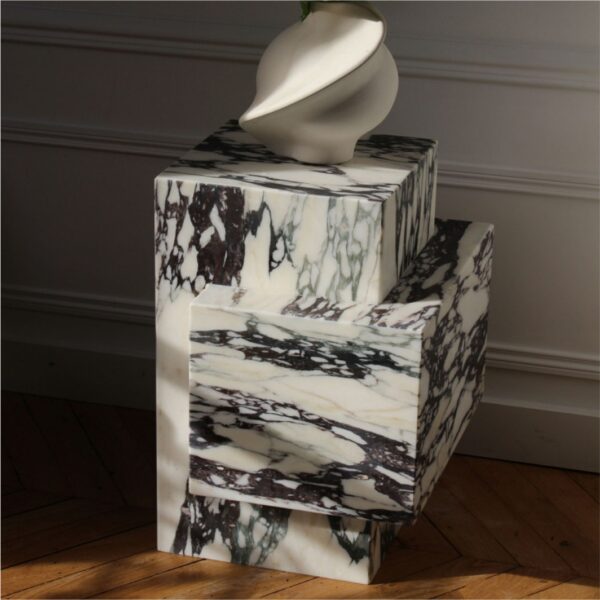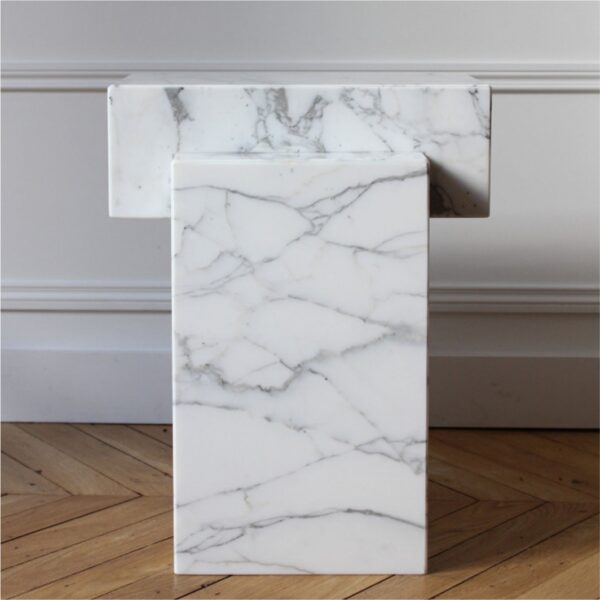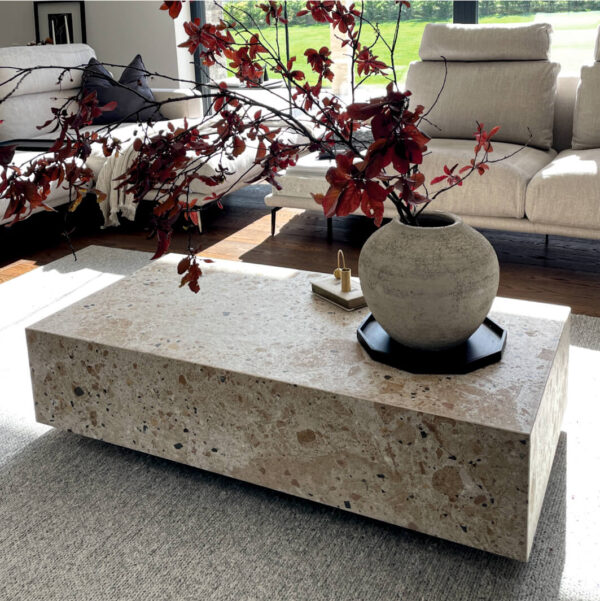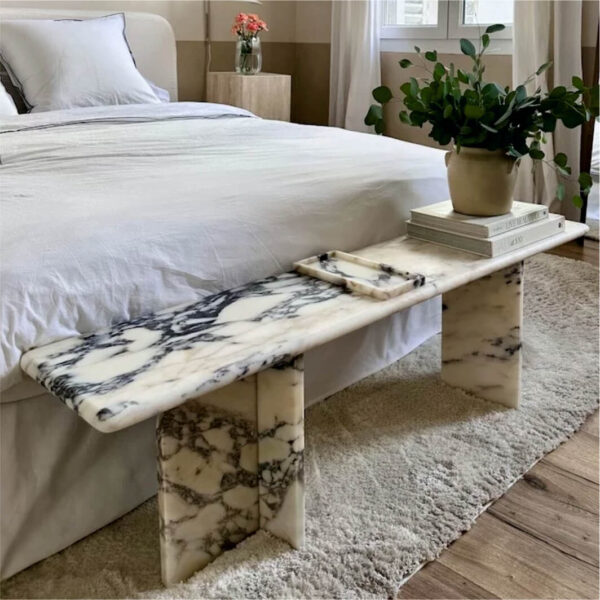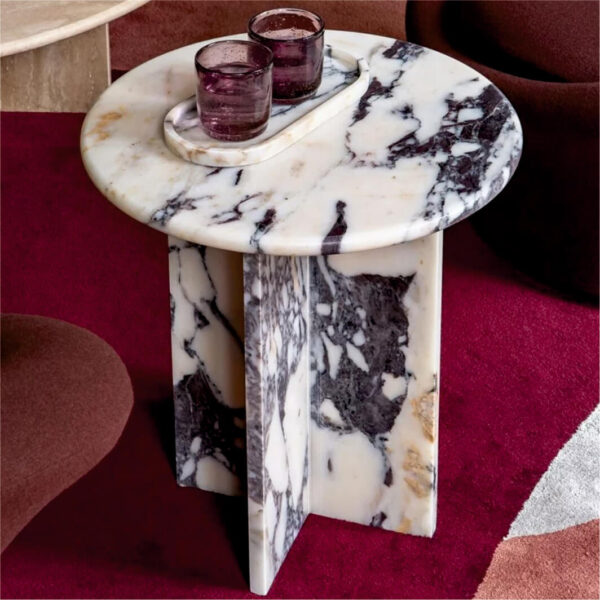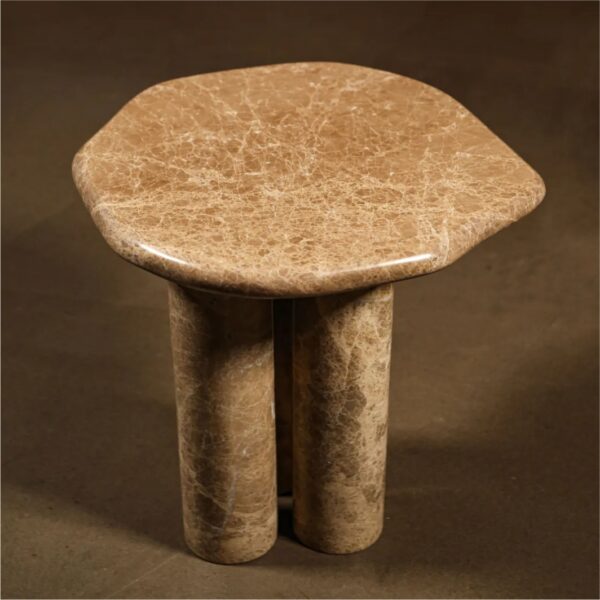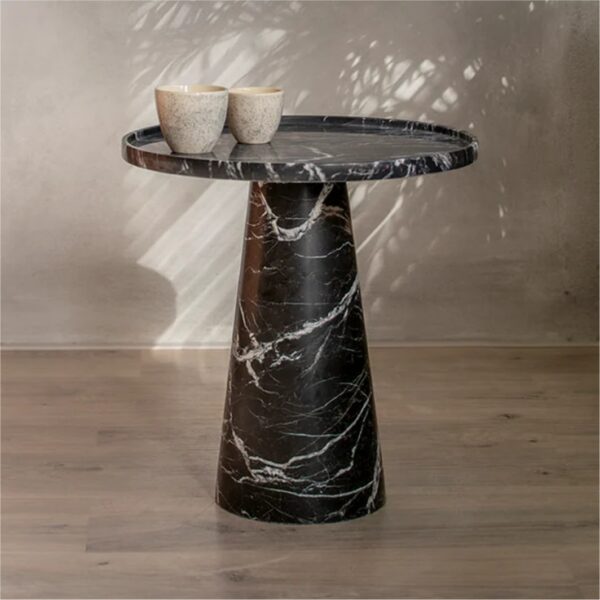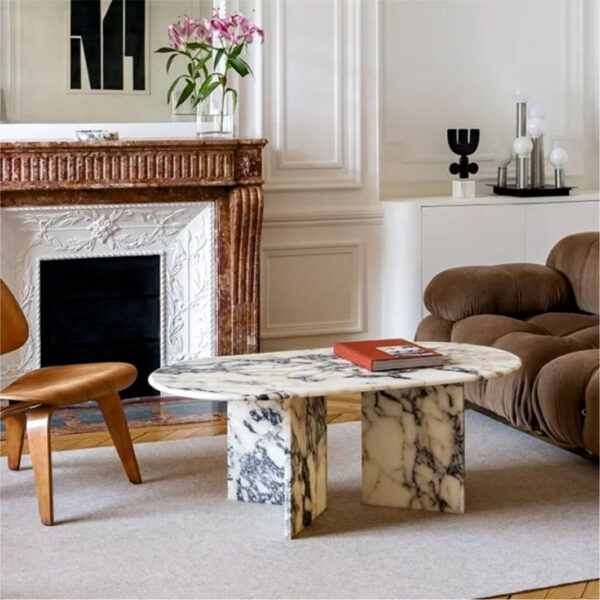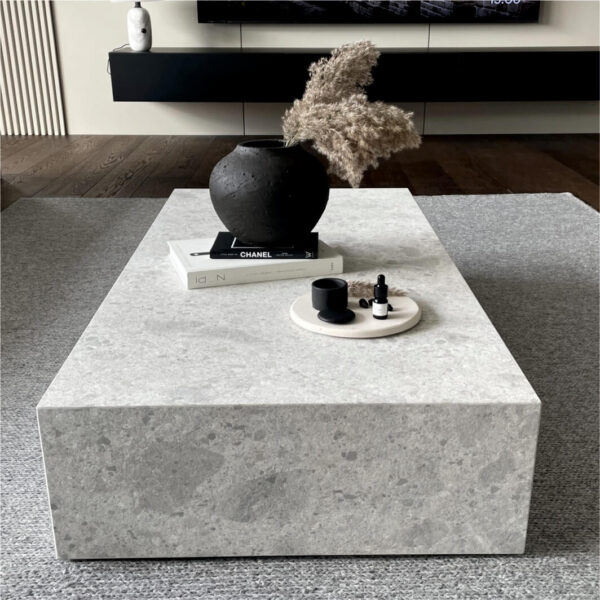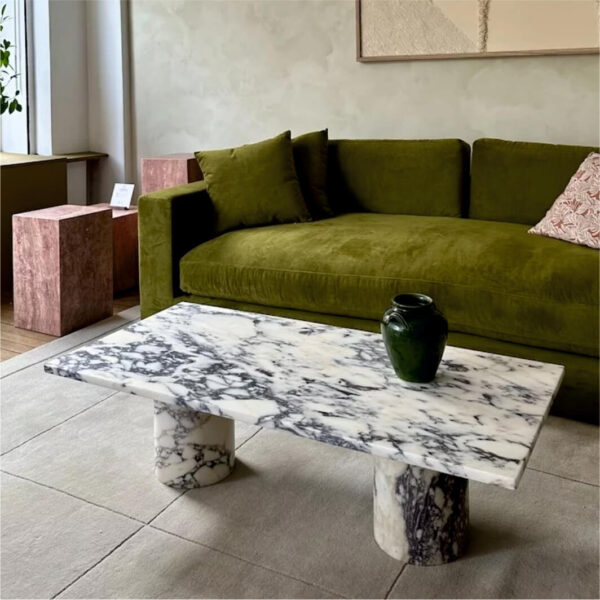Natural Stone Coffee Tables: A Stylish and Durable Choice for Every Space
When it comes to blending luxury, durability, and natural beauty in your living room, few pieces make a statement like a natural stone coffee table. Whether it’s sleek marble, warm travertine, bold onyx, or ultra-modern porcelain, a stone coffee table can be both a functional centerpiece and a work of art.
1. Why Choose a Natural Stone Coffee Table?
1.1 Long-Lasting Durability
Natural stones are strong, solid, and built to last. Coffee tables made from materials like marble or porcelain scratch-resistant and can handle the daily wear and tear of living room life.
1.2 Unique Appearance
Each stone slab is naturally formed, meaning every piece is one-of-a-kind. Whether you prefer the classic veining of marble or the earthy texture of travertine, natural stone adds elegance and character that never goes out of style.
1.3 Versatility in Interior Design
Stone coffee tables complement a variety of interior styles—minimalist, industrial, classic, or modern. They pair beautifully with wood, metal, and soft furnishings.
1.4 Heat and Spill Resistance
Stones like porcelain and marble can resist heat from hot drinks and light spills, making them practical as well as decorative.
1.5 Eco-Friendly & Low Maintenance
Most stones are naturally sourced and long-lasting, reducing the need for replacements. Some, like porcelain, are also non-porous and easy to clean with simple soap and water.
2. Common Types of Stones for Coffee Tables
● Marble
-
Luxurious and elegant, with natural veining in white, gray, green, and black
-
Cool to the touch, perfect for upscale interiors
-
Requires sealing to protect from stains or etching
● Travertine
-
Textured surface with soft, neutral colors like beige and ivory
-
Adds a warm, natural look to boho or rustic interiors
-
Pores may be filled for a smoother tabletop
● Porcelain
-
Manufactured stone that mimics marble or concrete looks
-
Scratch, heat, and stain-resistant
-
Lightweight and low-maintenance alternative to natural stone
● Onyx
-
Striking and colorful with translucent qualities
-
Often used in smaller coffee tables for visual impact
-
More delicate—best for decorative use rather than heavy-duty functions
3. Design & Style Considerations
3.1 Size and Shape
Choose a size proportional to your seating area. Round or oval stone coffee tables soften a space, while rectangular or square options give a more structured look.
3.2 Surface Finish
-
Polished: Shiny and reflective, great for modern spaces
-
Honed: Matte and subtle, hides fingerprints and scratches
-
Textured: Adds visual depth and natural feel, often seen in travertine
3.3 Matching with Other Elements
Natural stone blends well with neutral tones and adds balance to vibrant or patterned interiors. It can be styled with trays, vases, or books to create a curated look.
4. How to Choose & Buy a Natural Stone Coffee Table
4.1 Stone Quality & Sourcing
Look for high-quality slabs with minimal cracks or weak spots. Ask your supplier about the origin of the stone and the production process.
4.2 Thickness & Weight
Stone tabletops typically range between 1 to 3 cm in thickness. Thicker slabs are more robust but heavier—ensure your floor and furniture can support it.
4.3 Maintenance Requirements
Know what your stone needs. Marble and travertine require periodic sealing, while porcelain is virtually maintenance-free. Use coasters to protect from spills.
4.4 Budget & Customization
Prices vary widely depending on the stone type and craftsmanship. Custom-made stone coffee tables offer flexibility in size and design but can be more expensive than ready-made options.

